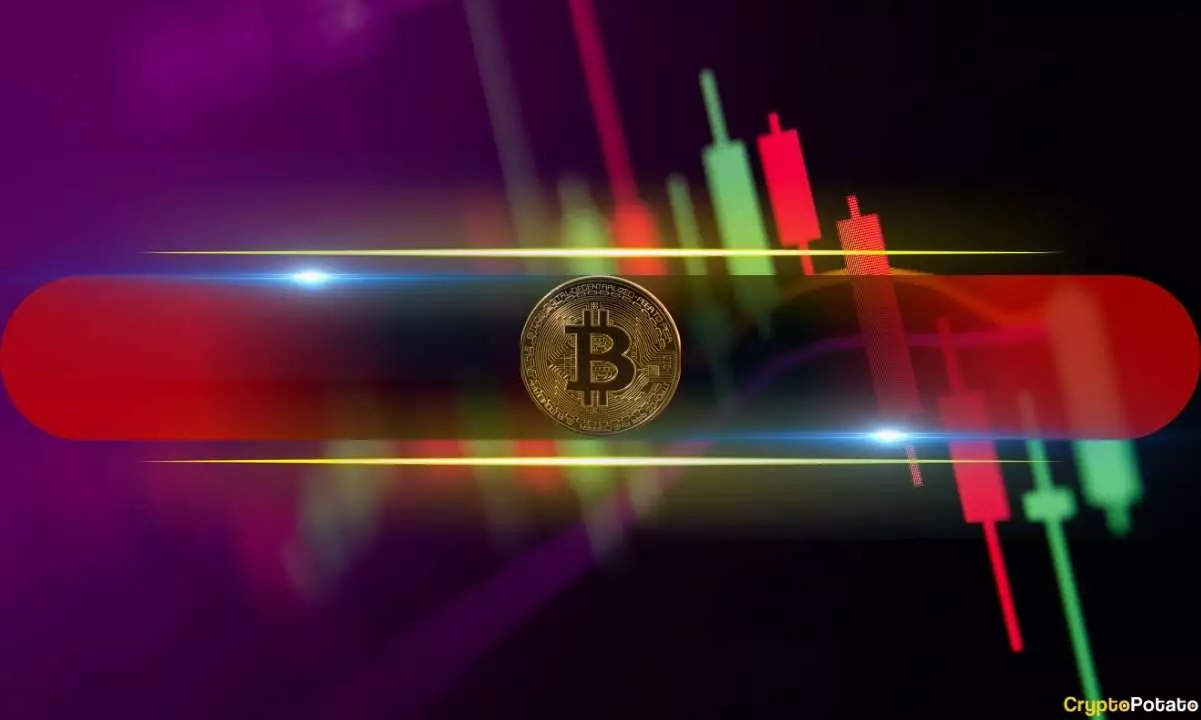In recent times, Bitcoin has appeared remarkably stable, oscillating within a narrow band around $118,000 over the weekend. However, this apparent tranquility masks underlying vulnerabilities. The market’s quietude is more a reflection of indecision than confidence—a classic case of complacency before a storm. If history is any guide, narrow trading ranges often precede sharp and unpredictable breakouts. The brief dip below $117,000, only to be swiftly regained, suggests that traders are still tentative, waiting for a catalyst to confirm a trend. This fragile state makes the recent rally towards $120,000 appear more as a short-lived rally than a sustainable ascent, especially when considering the liquidity grab that triggered the dip. Relying on such volatile short-term moves risks fostering overconfidence among investors, which can lead to painful corrections when market sentiment shifts.
The Flimsy Foundation of the Current Rally
The recent uptick, nudging Bitcoin closer to its all-time high, might seem promising, but its foundations are questionable. The surge is driven more by tactical liquidity maneuvers than genuine bullish conviction. The massive liquidations—over $400 million in derivatives—highlight a market prone to rapid reversals. Notably, the dominance metric shrinking from 63% to 58% over the past week reveals that alternative cryptocurrencies are gaining ground, suggesting that investors are diversifying their risk exposure. This restless rotation among altcoins indicates a market that is more speculative than decisive. Bulls might be celebrating today, but the underlying fragility of their positions could unravel swiftly once macroeconomic headwinds intensify or if significant economic data disappoints expectations.
The Economic Landscape: Catalyst or Distraction?
Upcoming economic reports and speeches—such as Jerome Powell’s scheduled remarks and the housing market data—pose a double-edged sword. While some traders hope for positive signals to propel Bitcoin and the broader crypto market higher, these data points often serve as triggers for increased volatility. In a market where macroeconomic factors heavily influence liquidity and risk appetite, over-reliance on technicals ignoring fundamental shifts is short-sighted. As a center-right liberal, I view this heightened sensitivity as a sign that the market might be overly reliant on external stimuli, risking a false sense of security. If the upcoming data fails to meet expectations, we could witness a swift downturn, exposing how rapidly investor confidence can evaporate in a fragile, risk-on environment.
The Altcoin Rotation and Market Sentiment
The declining Bitcoin dominance from 63% to 58% over a week is particularly telling. It reveals a maturation in market behavior—investors are increasingly willing to diversify into altcoins, seeking higher returns on speculative bets. Tokens like Pudgy Penguins and Trump meme coins outperform Bitcoin, highlighting a shift towards riskier assets driven by short-term greed rather than long-term fundamentals. This rotation could either be a sign of a healthy, diversified market or an ominous warning of speculation spiraling out of control. Should capital continue to move into these smaller coins, we risk inflating a bubble that will burst when the economic environment becomes less accommodating. Ultimately, while some see this as a sign of a coming “altcoin season,” I view it more as a precarious gamble that, if mishandled, will lead to increased market instability.
The recent movements in Bitcoin are less a sign of robust recovery and more a symptom of market fragility. While the optimism is palpable, skepticism remains warranted. The macroeconomic landscape, combined with technical vulnerabilities, suggests that investors should brace for greater swings rather than celebrate an immanent breakthrough. A cautious, center-right approach advocates for vigilance amid the current hype—because markets, like all politically charged environments, are often unpredictable and susceptible to swift reversals.
















Leave a Reply